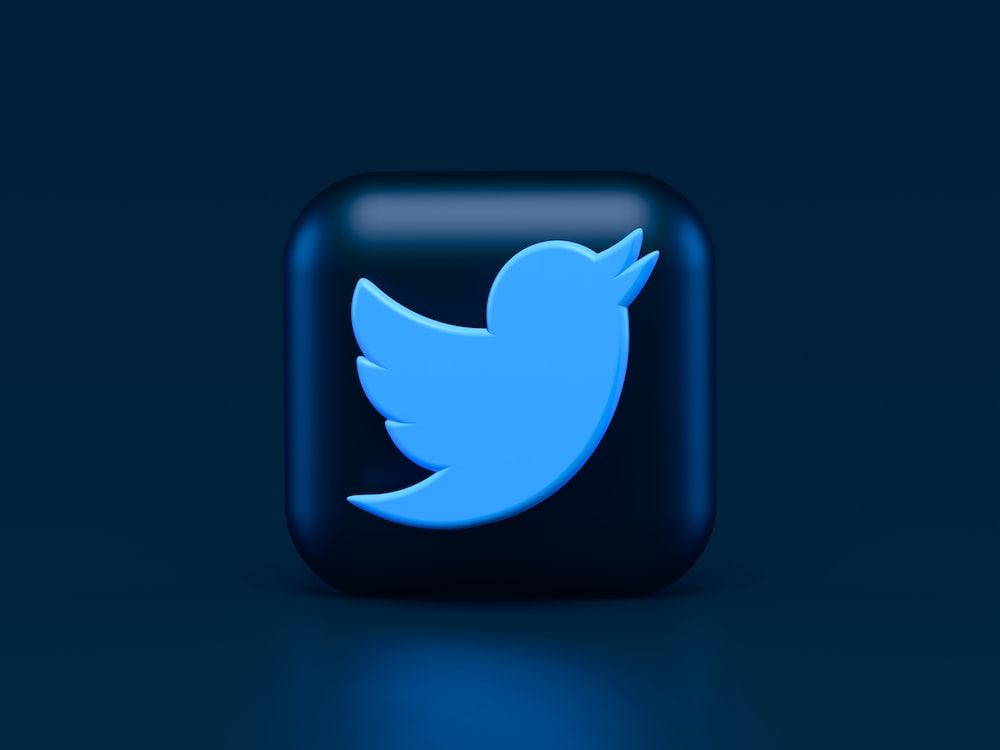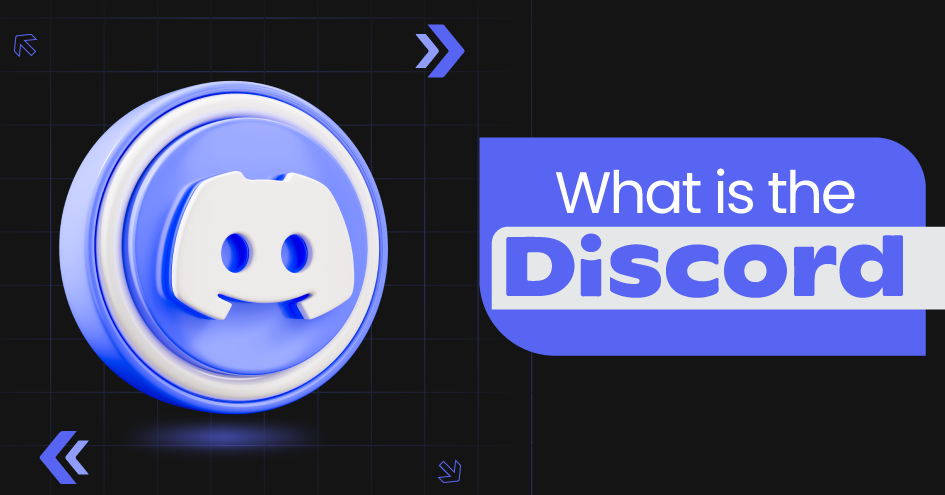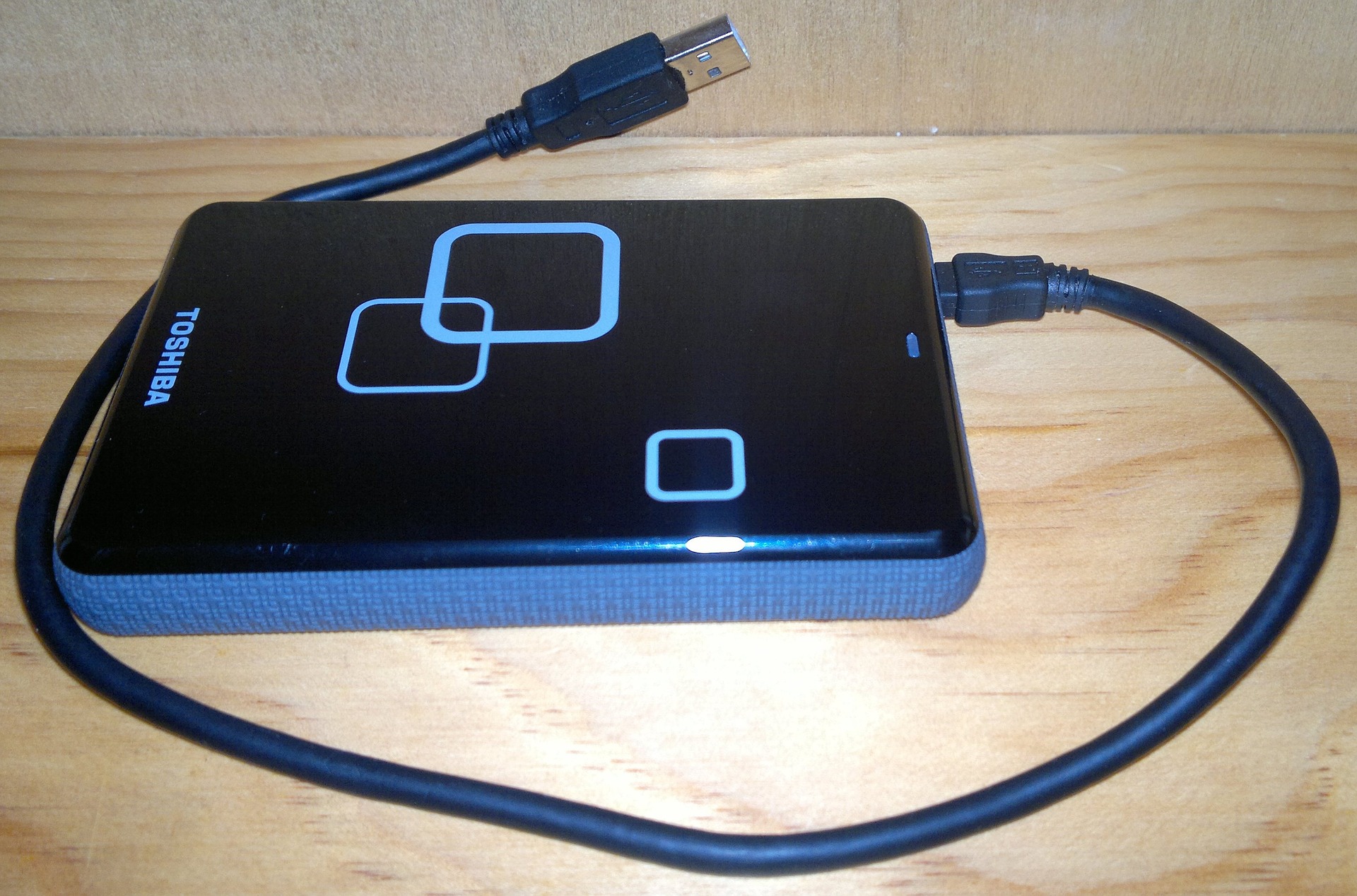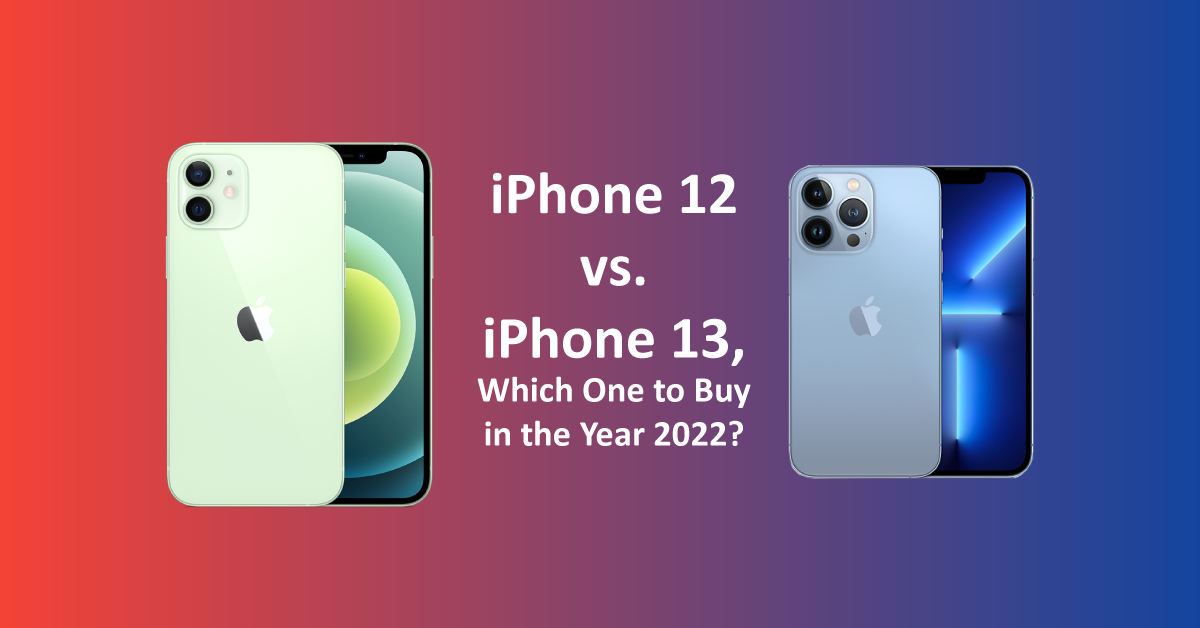Wearable Devices for the Workplace
September 14, 2022
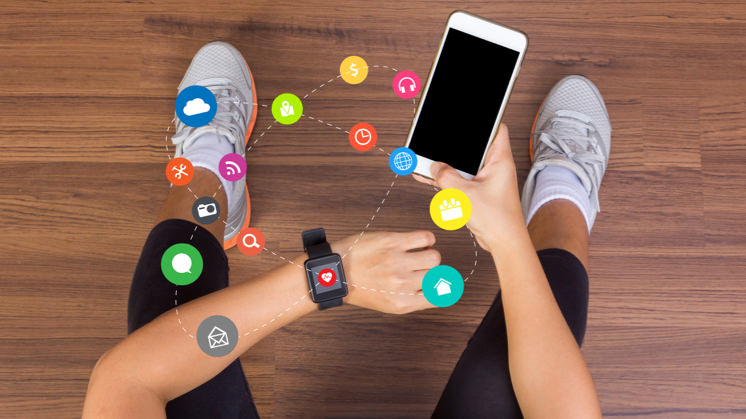
Wearable devices are an increasingly common feature in the office. In fact, 79 percent of workers now wear some form of smart device on the job. They help increase workplace communication, track employee activity, and enhance jobsite safety. In addition, they can improve the overall health of the workforce, which can lead to higher employee retention rates and save businesses thousands of dollars every year.
Apple Watch
The Apple Watch wearable has a variety of health and fitness applications. The device gathers temperature measurements every five seconds, enabling it to detect even small fluctuations. The Watch has been designed for women, and its features help women monitor their menstrual cycle. This will help women predict their periods more accurately, and it will retroactively calculate their ovulation date. This feature could prove helpful when family planning.
The Apple Watch also allows users to log their mood and create a journal entry. These entries are slowly built up into a mood calendar, allowing you to discover patterns in your mood. This feature is usually performed on an iPhone, but the Apple Watch can display a simple graph of ups and downs.
The Apple Watch also supports NFC payments, and users can make purchases and receive payment from their Watch. Apple recently acquired the company Beats, which provides wireless NFC payment. Apple Watch users can make payments with their watch with their iPhones and other devices. Some restaurants and hotels will even let you use your watch as a key for your room.
Users can also use Siri on the Apple Watch. The voice assistant is built into the watch and can be accessed by pushing the digital crown, saying “Hey Siri”. The watch can also display calendar entries, notifications, and “Shazam” songs. By swiping up on the watch’s face, you can customize your Glances to get the information you need.
Apple Watch users can also download third-party apps for the watch. These apps are usually re-written versions of iPhone apps. There are also some native Apple Watch apps, like Activity, Workout, and Camera Remote. The Apple Watch can also support third-party apps like social networks (Facebook and Twitter), airlines, and hotels, and enterprise apps like Evernote. Some companies have even built apps to push corporate emails to Apple Watch users.
Fitbit
The Fitbit wearable is one of the most popular fitness trackers on the market. It offers the user a variety of fitness activities and offers ideas for improving your health and wellness. It connects to a smartphone app and works with other Fitbit devices, including Versa 3, Charge 5, and more. Fitbit is a popular choice among fitness enthusiasts and has a community of over 50 million registered users.
The Fitbit wearable helps users track their daily activity and sleep. It automatically tracks how long you sleep and how many hours you wake up. It displays this information in a graph. It also gives you a Sleep Score, which you can use to track your progress over time. The device can also monitor your blood oxygen saturation, which can help you detect a serious health condition if it spikes.
The Fitbit app makes tracking your activity easy, and it also offers a community of people you can share your progress with. In addition, you can access health articles and expert advice from other members of the community. Fitbit also offers premium subscription plans that offer advanced insights and habit-forming programs. You can turn off auto-renewal 24 hours before the end of the current period. Your payment will be deducted from your Google Play account unless you turn it off.
Fitbit has had a long journey to becoming the leading fitness tracker company. As the market for wearable tech grows, Fitbit has continued to evolve its product and development strategy. It has adapted its strategy to appeal to niche audiences and is now one of the most successful companies in the industry.
Dreem 2 headset
The Dreem 2 headset wearable is a sleep-aid tool that can monitor the user’s heart rate, movement, and EEG while he or she is sleeping. It also includes an audio system and coaching functions to help the user achieve deeper, more restorative sleep.
The headset uses bone-conducting audio pipes to monitor brain activity during sleep and aims to guide users towards a restful sleep. The headset can be controlled with a touch-sensitive bar on top. It also works with your smartphone and can present you with data about your night’s sleep in an app.
The Dreem 2 headset wearable costs $499. While this is an extremely affordable price compared to its mainstream competitors, it does have a few limitations. It does not come with a web-based portal, data analysis tools, or export options. It also does not come with a carry case. The device costs EUR399 in Europe and $499 in the US. It comes with a 30-day money-back guarantee, so if you’re not satisfied with your purchase, you can still return it for a refund.
The Dreem 2 headset is made of foam, unlike the original Dreem headset, which used a plastic headband. The foam is softer and more comfortable, making it more comfortable for sleepers, even those who frequently change positions during the night. Its headband is also more adjustable than the first, meaning it is more comfortable to wear.
The Dreem 2 headset is a wearable sleep tracker that monitors heart rate, brainwaves, and movement. It is an FDA-regulated Class II medical device. Its scientific validation process is outlined in a white paper. The headset also provides an alternative treatment for depression without the use of pharmaceuticals.
Polar Vantage V2
The Polar Vantage V2 wearable has a slim, always-on color display and a full suite of sensors. This includes advanced heart rate monitoring, precision prime technology, and a 1.2-inch, water-resistant display. It also has new smartwatch features like music controls and phone notifications. You can use the Vantage to track your workouts and train effectively.
The display on the Polar Vantage V2 wearable is easy to read and is protected by anti-fingerprint coating and laminated Gorilla glass. The watch also includes a light sensor and can be worn in both indoor and outdoor conditions. It also has a barometric sensor and connects to two navigation satellite systems. You can use this watch to track your performance in a variety of sports, and it includes several tools for analyzing your data.
The battery life on the Polar Vantage V2 wearable is good. It lasts 40 hours with everything enabled. The device drains its battery by about 3-4 percent per hour. However, you can save battery life by turning off unnecessary features and reducing the amount of GPS updates. The watch also provides a battery life prediction. The battery life estimation is pretty accurate and is useful when planning your route.
The Polar Vantage V2 is a smartwatch that builds on the features of its predecessor, the Polar Grit X. It also has new fitness-focused features, such as Komoot route guidance and connected music controls. It costs just PS449 on its own, and PS489 when combined with the Polar OH10 heart rate chest belt. The chest belt is also required for some advanced functions, so make sure to buy both.
Polar Vantage V2 also offers a training load and recovery coaching tool that helps you track your workouts and recover after the workout. It records your workouts, gives you detailed statistics, and guides you through your recovery period. It also has multiple power saving modes.
Polar Charge 4
The Polar Charge 4 wearable activity tracker has many strengths, including a built-in GPS tracker. This wearable is a good value for the money. It’s also water-resistant, and you can use it while swimming. However, it’s not water-resistant enough to be used on a daily basis.
The Charge 4 also features an app for timers, alarms, and an agenda. The Agenda feature lets you see upcoming calendar appointments, and it also shows your free time. The Charge 4’s Timers and Alarms feature also lets you set custom alarms. You can also set a countdown timer, a stopwatch, and an alarm.
The Fitbit Charge 3 also lacks an Agenda calendar application. It syncs with your Google or Apple calendar, but it only shows events for today and tomorrow. It also does not have an always-on display, which makes it difficult to use when it’s bright outside. The battery life on the Fitbit Charge 3 is about 7 days on non-GPS mode, and only 5 hours for GPS.
Its heart rate accuracy is good, but it’s not perfect. It’s best at lower intensity but will let you down when the intensity is high. However, it’s a better choice than a chest strap and even the Apple Watch Series 5 in terms of accuracy. The Fitbit Charge 4 can also be used for sleep analysis.

